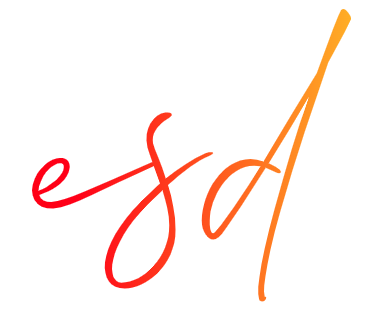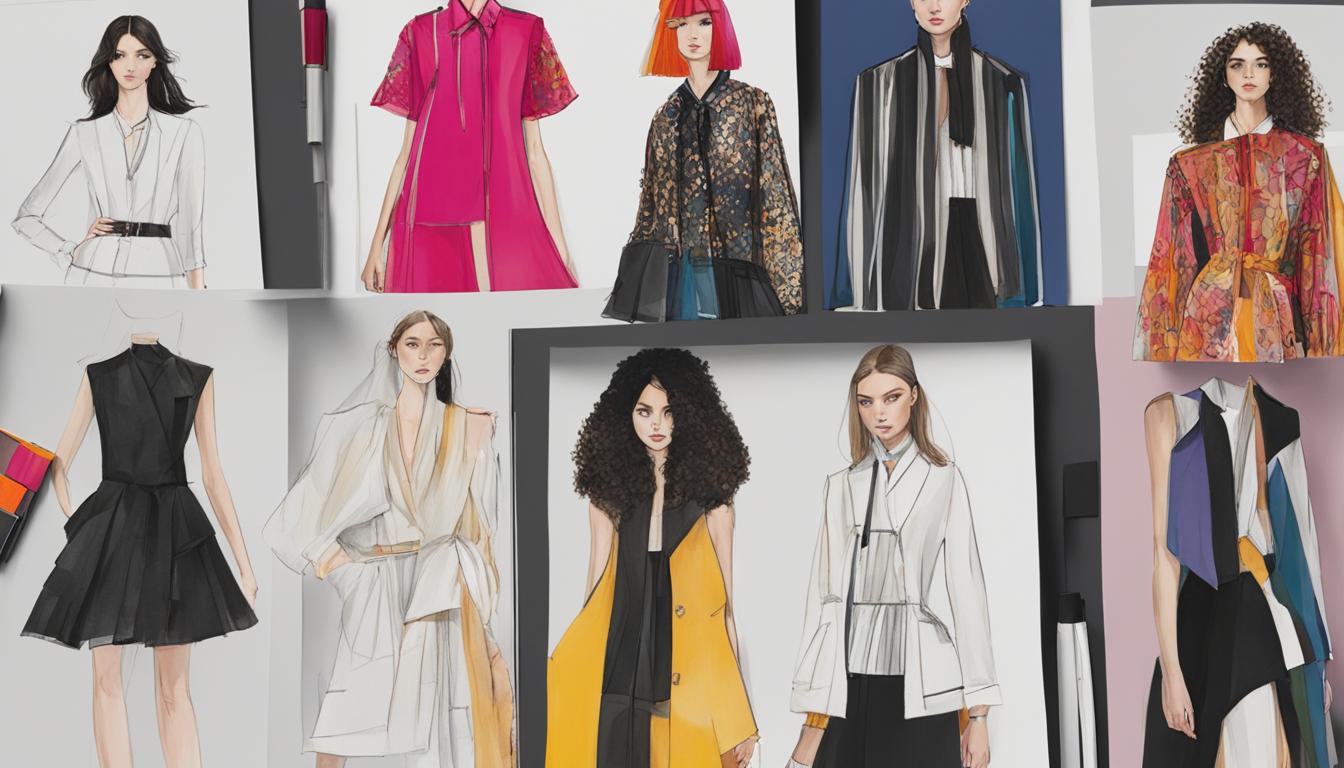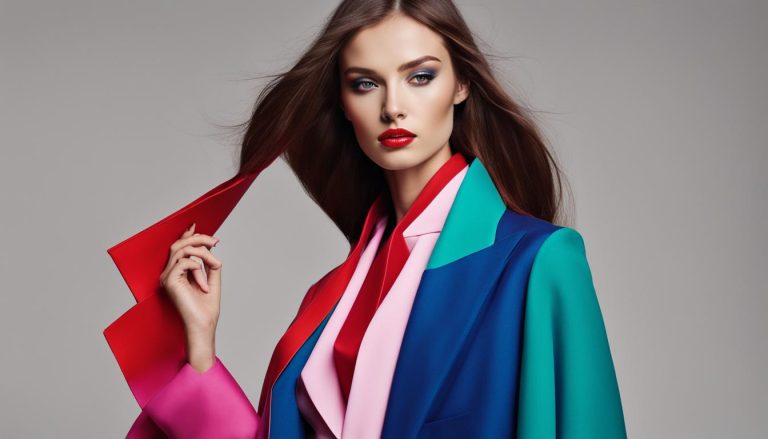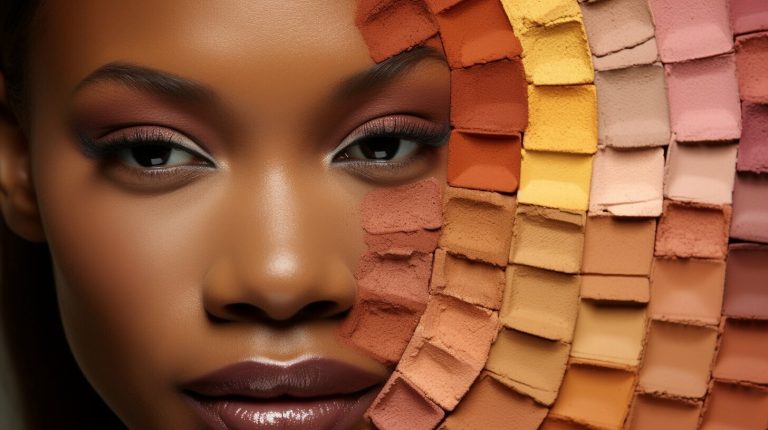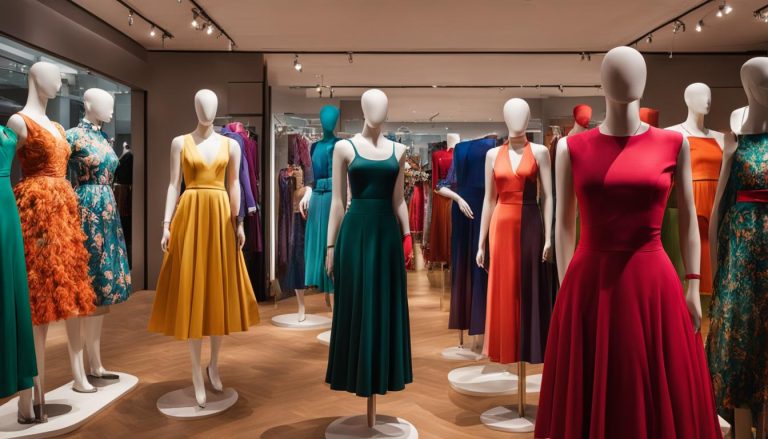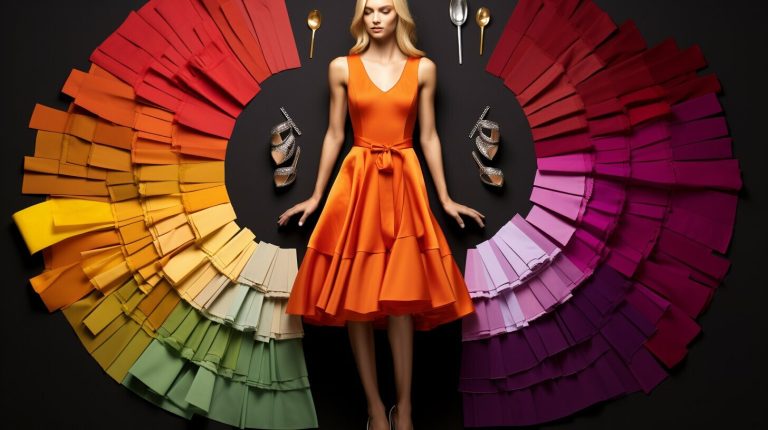Starting a Collection: The Fashion Design Process Explained
Familiarize Yourself with the Fashion Industry
Before starting your fashion line, it’s crucial to understand the fashion design process. As a fashion line startup, you need to be aware of the current fashion trends, consumer preferences, and market demands. Conducting market research and competitive analysis can help you identify gaps in the market that your fashion line can fill, giving you a competitive edge.
As you plan your fashion line, consider creating a business plan that outlines your target audience, branding strategy, and financial projections. Your business plan should include an analysis of the competition, your unique selling proposition, and a marketing strategy to reach your target audience.
When conducting market research, consider analyzing data from various sources, such as fashion trade publications, industry reports, and social media trends. This information can help you identify key growth opportunities and potential challenges in the fashion industry.
By familiarizing yourself with the fashion industry and conducting thorough fashion line planning, you’ll be better equipped to create a successful fashion line that resonates with consumers and stands out in a crowded market.
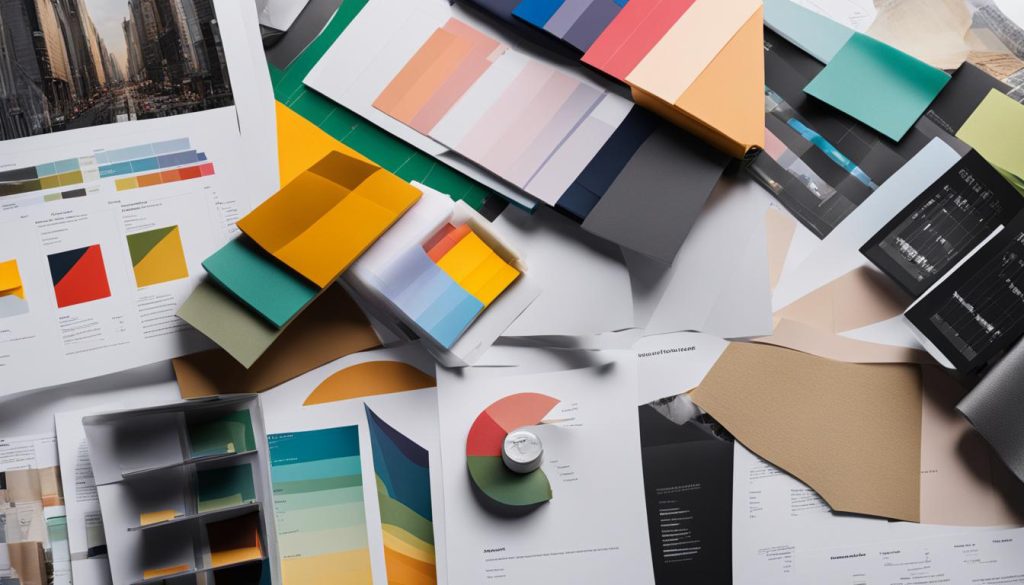
Fashion Line Planning Checklist:
- Conduct market research and competitive analysis
- Create a business plan
- Identify your target audience
- Develop a branding strategy
- Project financials for your fashion line startup
Hiring a Freelance Fashion Designer: Steps to Start a Fashion Line
Collaborating with a freelance fashion designer can bring valuable expertise and creativity to your fashion line. Whether you’re a new entrepreneur or an established business looking to launch a new line, hiring a freelance designer can help bring your vision to life and ensure your designs are both innovative and marketable.
Here are the steps involved in hiring a freelance fashion designer for your fashion line:
- Define Your Brand: Before beginning the search for a freelance fashion designer, it’s essential to understand your brand identity. Outline your target audience, branding strategy, and aesthetic preferences to narrow down your search for the right designer.
- Research: Conduct research on the freelance fashion designers who specialize in the type of clothing you want to produce. Look for designers with experience in both conceptualizing designs and technical pattern-making.
- Check Portfolios: Review the designer’s portfolio to assess their style, capabilities, and past work. Ensure their design aesthetic aligns with your brand’s image.
- Reach Out: Once you have identified a few designers who meet your criteria, reach out to them about your project. Discuss your vision, their experience, and their availability. Consider arranging an in-person meeting or video conference to get a better understanding of the designer’s personality and work style.
- Agree on Terms: Once you’ve found a designer you want to work with, agree on terms such as project scope, timelines, and compensation. It’s important to have a written agreement that outlines these terms to avoid any misunderstandings.
Hiring a freelance fashion designer can be a critical step in starting a fashion line. With the right designer on your team, you can bring your ideas to life and ensure your designs are both original and marketable.

Developing Your Design Concepts
When it comes to starting a fashion line, developing your design concepts is a crucial step in the clothing design process. This stage is all about translating your creativity into a concrete collection that reflects your brand’s values and resonates with your target audience.
The clothing design process typically begins with brainstorming and sourcing inspiration. A popular way to organize your ideas is by creating a mood board. This can include images, color palettes, textures, and patterns that inspire you. You can also attend fashion shows, browse fashion magazines, or explore trend forecasts to get ideas.
Once you have a clear vision of your collection, it’s time to start sketching. Don’t worry too much about the details at this stage – focus on getting your ideas down on paper. You can refine your sketches later on.
After you have your sketches, the next step is to create design boards. These are comprehensive layouts of your collection that showcase each design’s fabrics, colors, and details. Design boards help you visualize how your pieces will look together and ensure that your collection is cohesive.
Color Theory and Fabric Selection
Color is an essential element of fashion. Understanding color theory can help you select the right hues for your collection and create a mood that resonates with your target audience. Consider colors that reflect your brand’s identity, the season or occasion, and your target audience’s preferences.
Another crucial aspect of the fashion design process is selecting the right fabrics and materials. The fabrics you choose can make or break your designs, so it’s important to select them carefully. Consider factors such as the weight, texture, and drape of different fabrics and how they will impact the look and feel of your pieces. Also, keep in mind the durability and maintenance requirements of each fabric type.
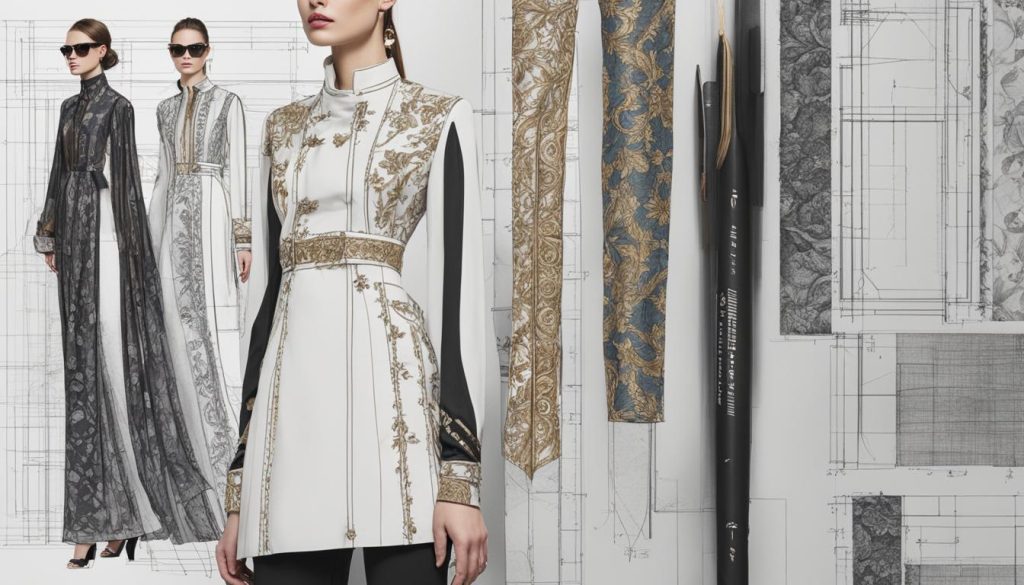
Incorporating Unique Design Elements
To make your fashion line stand out, consider incorporating unique design elements into your pieces. This can be anything from embroidery or appliques to unconventional silhouettes or fabric combinations. Be creative, but also keep in mind your target audience’s preferences and your brand’s identity. By adding unique design elements, you can create a collection that is both visually appealing and innovative.
Developing your design concepts is an exciting part of starting a fashion line. Don’t be afraid to experiment and take risks – this is your chance to showcase your creativity and make a statement with your designs.
Translating Designs into Technical Drawings and Patterns
After finalizing your designs, the next step in your fashion line development is creating technical drawings and patterns. Technical drawings are detailed illustrations that communicate design specifications to manufacturers and pattern makers. Patterns are the templates used to cut fabric pieces that will be assembled into garments.
Creating accurate technical drawings and patterns is crucial for producing high-quality garments that fit well. Here are the essential steps to follow:
- Create technical flats: Technical flats are the foundation for your technical drawings. They are two-dimensional, detailed representations of your design, showing every aspect of the garment, including seams, stitching, and closures. Technical flats help manufacturers and pattern makers understand your design specifications accurately.
- Develop patterns: Using your technical flats, pattern makers will create patterns for each garment size. Patterns are templates made from paper or digital files that serve as a guide for cutting fabric pieces. Patterns need to be correctly scaled to ensure that each size fits well.
- Grade patterns: Grading is the process of scaling patterns up or down to create different sizes. Accurate grading is essential for ensuring that the fit is consistent across all sizes. A professional pattern maker or grading service can assist you in this process.
Unless you have experience in technical drawing and patternmaking, it’s advisable to find a professional to assist you in this process. You can hire freelance technical designers and pattern makers or work with a full-service design and development firm specializing in fashion line start-up.
Remember, part of a successful fashion line development process is ensuring that your designs are accurately translated into technical drawings and patterns. This step is critical for achieving consistent production and delivering high-quality, well-fitting garments to your customers.
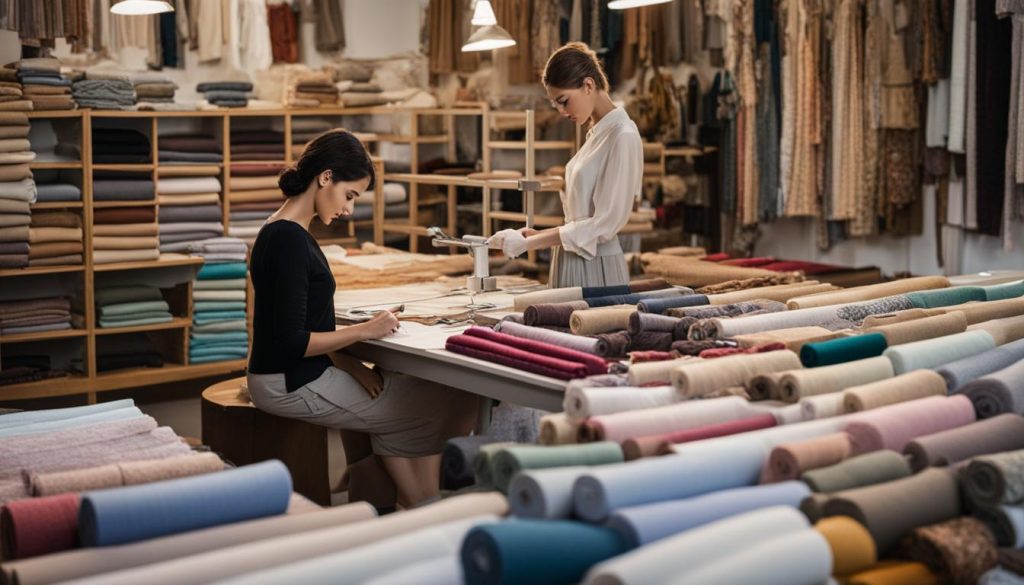
Finding the Right Fabrics and Materials
When it comes to starting a fashion line, selecting the right fabrics and materials is essential. Proper planning and execution can make the difference between a successful launch and a flop.
Start by outlining your fashion line’s needs and goals. Consider factors such as your budget, target audience, and brand identity. Conduct market research to identify the latest trends and consumer preferences in your niche.
Once you have a clear understanding of your requirements, evaluate different fabric sourcing options. Local suppliers and trade shows can offer unique and high-quality fabrics. Online platforms such as Alibaba and Dhgate can be a cost-effective alternative.
When choosing fabrics, keep in mind aspects such as texture, weight, and durability. Consider sustainability in your selection, as environmentally-conscious consumers are becoming more common.
The following table showcases different factors to consider when selecting the right fabric for your fashion line.
| Factor | Description |
|---|---|
| Texture | The tactile quality of a fabric, ranging from rough to soft. |
| Weight | The heaviness or lightness of a fabric, measured in GSM (grams per square meter). |
| Durability | The ability of a fabric to withstand wear and tear, measured by various tests. |
| Sustainability | The eco-friendliness of a fabric, taking into account its production process and materials used. |
Once you’ve selected your fabrics, take time to understand fabric characteristics and finishes. This knowledge can help you make informed decisions and design high-quality collections.
Remember, the right materials can make all the difference in the success of your fashion line. Take the time to research and experiment to find the perfect fit for your brand and your customers.
Bringing Designs to Life: Sample Development and Fittings
With your designs and materials finalized, it’s time to create samples and conduct fittings. This step is crucial in ensuring that your designs are not only aesthetically pleasing but also comfortable and functional.
Before starting the sample development process, you need to find reliable manufacturers who can produce your designs at the desired level of quality. This process involves creating prototypes to test and refine your designs. Through multiple rounds of fittings and adjustments, you can ensure that your designs fit well and align with your brand’s identity.
Tip: Always use models of different sizes and shapes during fittings to ensure that your designs are inclusive.
When developing samples, consider how they will be produced in bulk. This requires paying attention to the cost and availability of materials, as well as the ease and efficiency of production.
Quality control is also a crucial aspect of sample development. Ensure that your samples meet your standards before moving forward with production. This includes checking for any defects, flaws, or inconsistencies that need to be corrected.
After finalizing your samples, you can move on to the production phase. This involves creating and distributing technical specifications and patterns to manufacturers, negotiating contracts, and managing production timelines.
Tip: Stay in close communication with your manufacturers to ensure that production is smooth and efficient. This will help you avoid delays and quality issues.
Throughout the sample development and production process, it’s essential to maintain a cohesive vision and stay true to your brand’s identity. This requires attention to detail, clear communication, and a willingness to make adjustments as needed.
From Samples to Production: Manufacturing Your Fashion Line
Now that you have developed your samples and ensured that they meet your design standards, it’s time to move forward with production. This section will guide you through the manufacturing process and help you establish successful relationships with manufacturers.
There are different production methods you can choose from, depending on your budget and preferences. Domestic manufacturing, which involves producing your clothing line within your country, offers advantages such as shorter lead times, easy communication with manufacturers, and the ability to oversee the production process closely. However, it can be more expensive than overseas production.
Overseas manufacturing, on the other hand, can be a cost-effective option, but it involves longer lead times, language barriers, and potential quality control issues. If you opt for overseas manufacturing, make sure to conduct thorough research and choose a reliable manufacturer that aligns with your brand values. Check their experience, certifications, and reviews from other customers before making a decision.
Once you have selected your manufacturer, negotiate a contract that outlines the terms and conditions of the production process, including timelines, payment terms, and quality standards. Make sure to include contingency plans in case of delays, defects, or other issues that may arise during production.
Quality Assurance
Quality assurance is crucial to ensure that your designs are produced with consistency and accuracy. Create a checklist that outlines your quality standards, including fabric quality, stitching, sizing, and finishing. Conduct regular inspections throughout the production process to ensure that each garment meets your specifications.
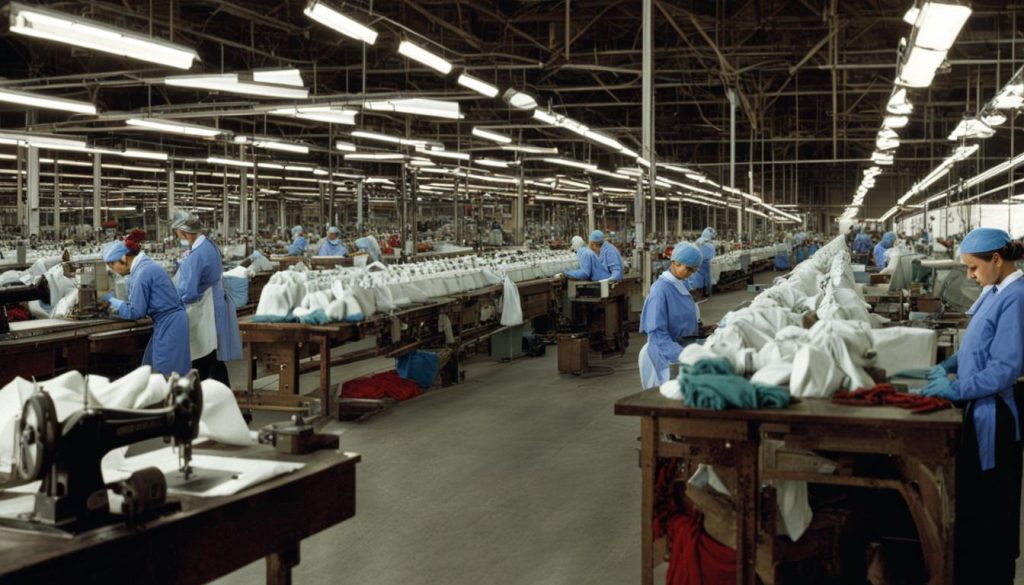
Incorporate quality control measures into your manufacturing process, such as conducting random checks on finished products, performing color and shrinkage tests, and creating a system for tracking and resolving issues. Maintaining open communication with your manufacturer throughout the production process is key to identifying and resolving any issues promptly.
Once your production is complete, conduct a final inspection to ensure that every garment meets your quality standards. Prepare your inventory for shipment, and make sure to label, tag, and package each garment appropriately.
Introducing Your Fashion Line to the World
Congratulations on reaching this final stage of your fashion line creation! Now that you have developed your designs and manufactured your fashion line, it’s time to launch and promote your brand to the world. Here are some effective strategies for introducing your fashion line to the world:
Build Your Brand Awareness
Before launching your fashion line, it’s essential to build brand awareness. This means creating a strong brand identity that resonates with your target audience. Develop a unique brand story that communicates your brand’s values, mission, and vision. This will help you differentiate yourself from your competitors and establish a memorable brand identity.
Create a Strong Online Presence
In today’s digital age, having a strong online presence is crucial for the success of your fashion line. This means creating a website that showcases your fashion line and communicates your brand’s story and values. Ensure your website is user-friendly and optimized for search engines. Develop a social media strategy that aligns with your brand identity and engages with your target audience. This will help you build a loyal following and increase brand awareness.
Engage with Your Target Audience
Engaging with your target audience is essential for creating a loyal customer base and driving sales. Consider hosting launch events or pop-up shops to showcase your fashion line and engage with your target audience in person. Develop a customer loyalty program that rewards your customers for their support and encourages repeat business. Consider collaborating with influencers or bloggers who align with your brand’s values and can help promote your fashion line to their followers.
Create a Cohesive Branding Strategy
Consistency is key when it comes to branding. Ensure that your brand’s message, visuals, and tone of voice are consistent across all platforms. This includes your website, social media, marketing materials, and packaging. Create a branding guide that outlines your brand’s visual and verbal identity, including your logo, typography, color palette, and tone of voice. This will help you ensure that everything related to your brand is easily recognizable and consistent.
By following these strategies, you can successfully launch and promote your fashion line to the world. Remember to stay true to your brand’s values and vision, and always listen to your customers’ feedback. Good luck with your fashion line creation!
FAQ
How important is it to familiarize yourself with the fashion industry before starting a fashion line?
Familiarizing yourself with the fashion industry is essential before starting a fashion line. It helps you understand current trends, consumer preferences, and market demands. Conducting market research and competitive analysis allows you to identify gaps in the market that your fashion line can fill. Developing a business plan that includes your target audience, branding strategy, and financial projections is also crucial.
What is the role of a freelance fashion designer in starting a fashion line?
Collaborating with a freelance fashion designer can bring valuable expertise and creativity to your fashion line. They can help bring your vision to life and ensure your designs are both innovative and marketable. Finding and hiring the right freelance fashion designer for your brand is important. Working with them throughout the design process involves clear communication, providing detailed briefs, and giving feedback on design concepts.
How do I develop my design concepts for my fashion line?
Developing design concepts for your fashion line involves exploring various sources of inspiration, such as mood boards, trend forecasts, and fashion shows. Translating your ideas into sketches, creating design boards, and developing a cohesive collection are important steps. Consider color theory, fabric selection, and incorporating unique design elements that reflect your brand’s identity.
Why are technical drawings and patterns important in the fashion industry?
Technical drawings and patterns are essential in the fashion industry as they communicate design specifications to manufacturers and pattern makers. They ensure accurate and consistent production of your designs. Creating patterns and grading them for different sizes is a crucial step in the process of bringing your designs to life.
How can I find the right fabrics and materials for my fashion line?
Finding the right fabrics and materials for your fashion line involves exploring various sourcing options, including local suppliers, trade shows, and online platforms. Understanding different fabric types, finishes, and characteristics helps you make informed decisions. Consider factors such as sustainability, cost, and availability when selecting materials that align with your brand’s values.
How do I bring my designs to life through sample development and fittings?
Bringing designs to life involves sample development and fittings. This process includes finding reliable manufacturers, creating prototypes, and refining your designs through fittings. Quality control is important to ensure that your samples meet your standards before moving forward with production.
What are the key steps involved in manufacturing a fashion line?
Manufacturing a fashion line involves production and various steps. Explore different production methods, domestic and overseas manufacturing options. Establishing strong relationships with manufacturers, negotiating contracts, and managing production timelines are important. Quality assurance ensures that your designs are produced in bulk according to your specifications.
How can I introduce my fashion line to the world and market it effectively?
Introducing your fashion line to the world involves building brand awareness, creating a strong online presence, and engaging with your target audience. Focus on cohesive branding, social media marketing, and collaborations with influencers to maximize the reach and success of your fashion line.
